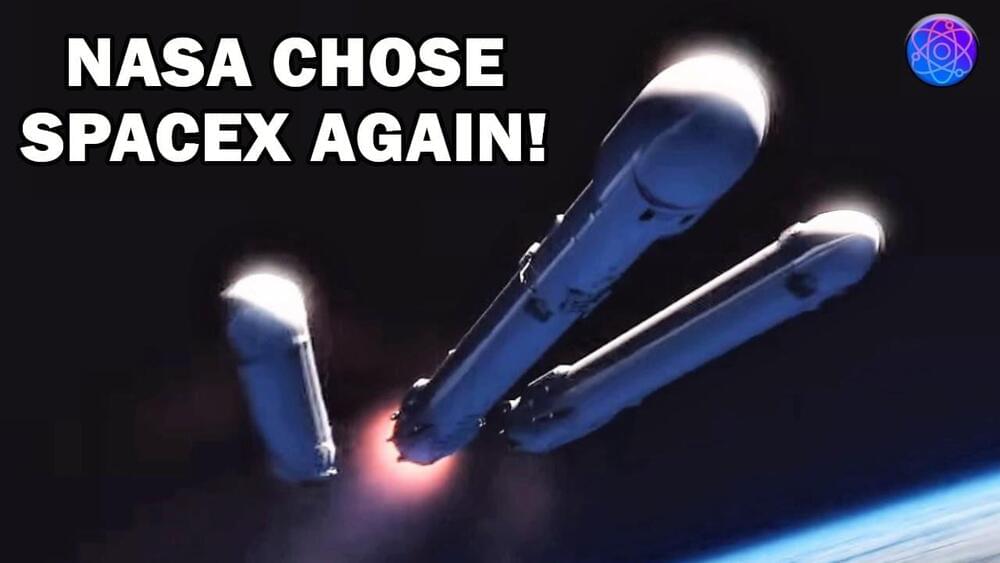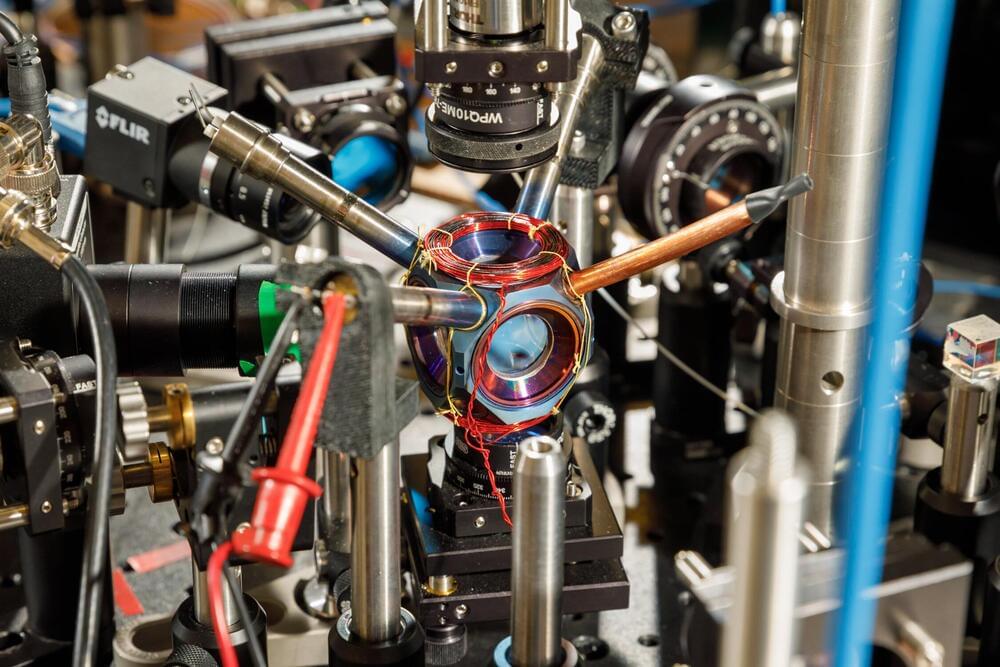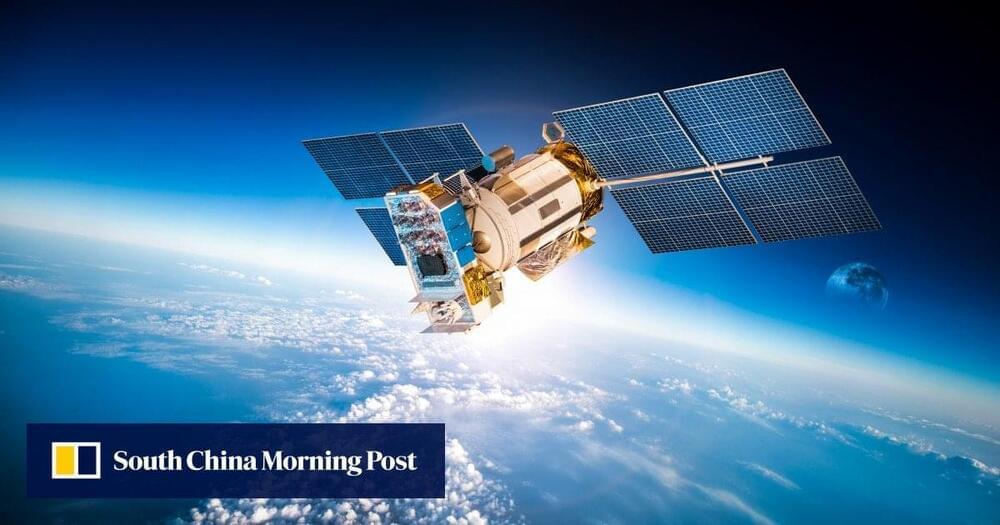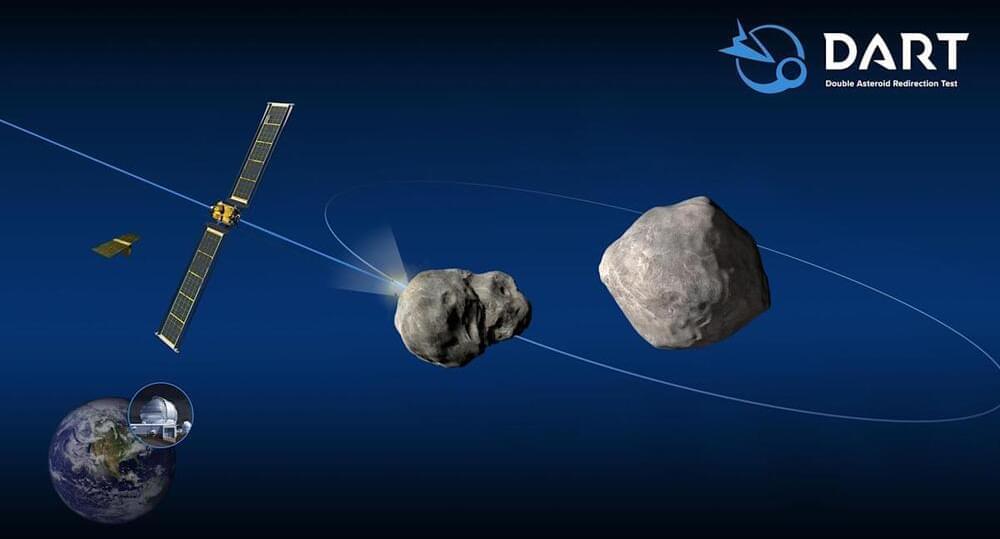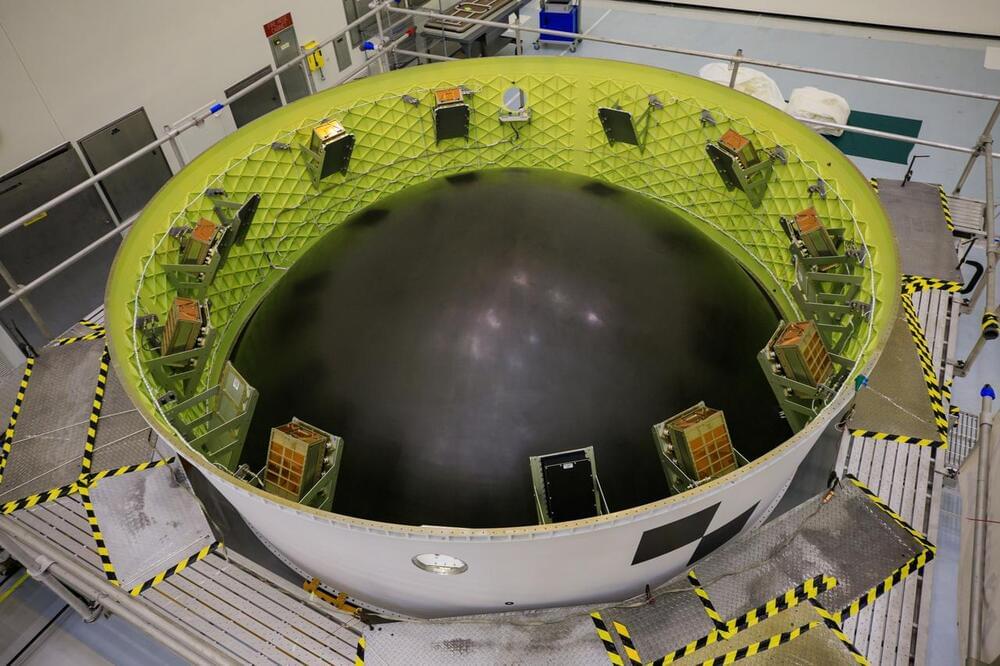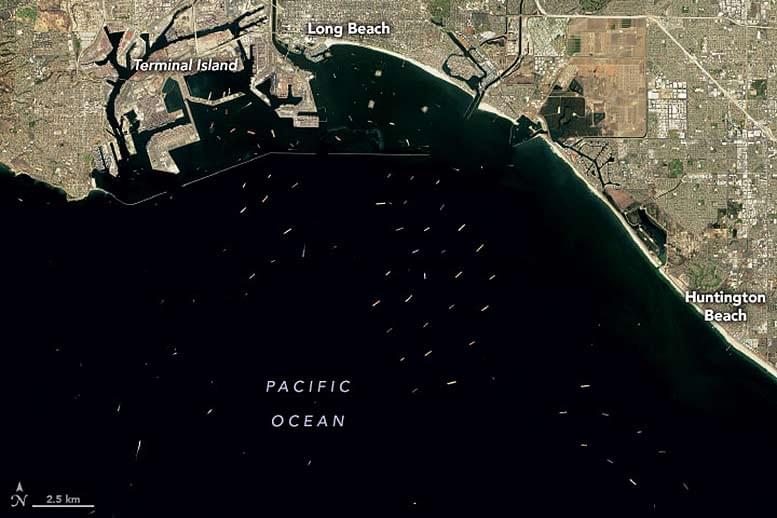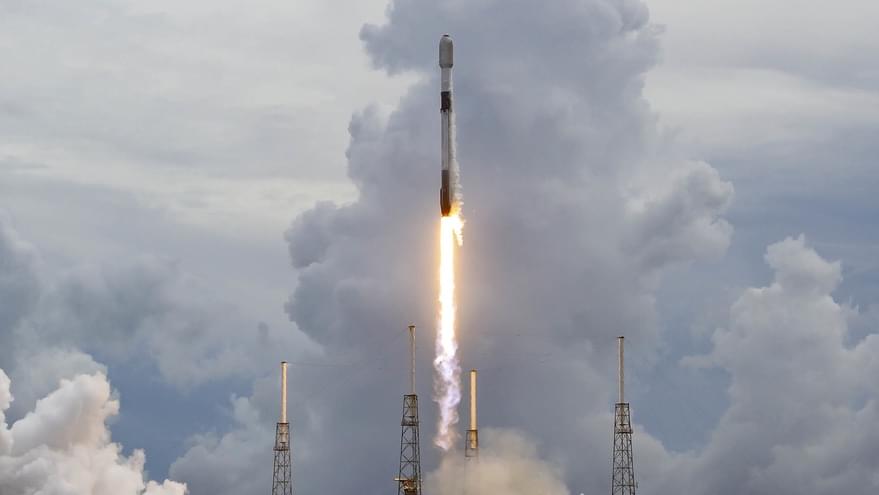
DUBAI, U.A.E. — SpaceX has won a contract to launch an Emirati high-resolution imaging satellite on a Falcon 9 rideshare mission in 2023.
The Mohammed Bin Rashid Space Centre (MBRSC) announced at an Oct. 27 press conference here, held during the 72nd International Astronautical Congress, that it selected SpaceX to launch its MBZ SAT satellite in the second half 2023. The center did not disclose the value of the contract.
Salem AlMarri, deputy director general of MBRSC, said the center looked at several launch providers for the mission. “At the end of the day, we look, for each mission, what is best. For this mission, SpaceX was the best.”

